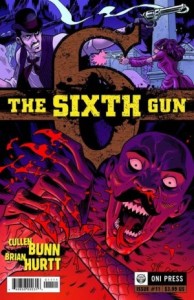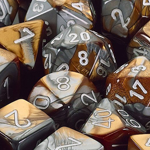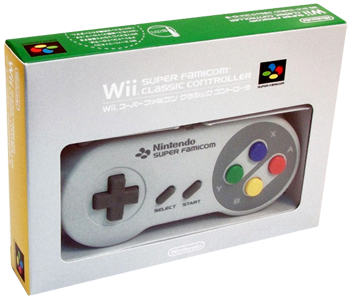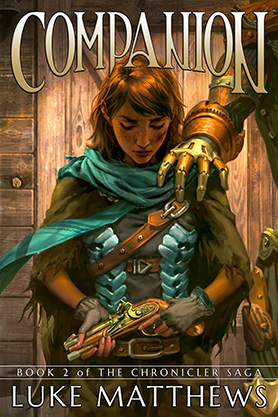Story by J.G. Jones
Art by Qing Ping Mui
When you pick up a Doc Savage book, there’s no illusion about what you’re going to get. Pulpy and campy, Doc Savage always harkens back to its origins in the 30’s and 40’s, and little has been done to modernize the character or storylines save for technological references. The covers purposely evoke imagery from old serials, and vernacular used helps that right along (the phrase “big ape” appears repeatedly, and one character even spouts the word “hoosegow”).
This issue picks up as Savage and crew take on hungry, mind-controlled crocodiles while following the trail of an archaeologist nicknamed “Littlejohn”, who has been pressed into service to find a talisman called the Apis Bull. Littlejohn is kidnapped once again, Savage is set upon by thugs… again, and the story moves along at a brisk pace. There’s nothing exceptional here, but there’s nothing really wrong, either. The book is a fun, corny ride with a superficial but interesting-enough artifact driven plotline.
What really hurts the book is the artwork. Practically everyone Mui draws looks like a roid-raging Mickey Rourke, and the failures of proportion and perspective are sometimes jarring and far too frequent to ignore. Aside from hair and outfits the characters are indistinguishable, even from small side characters and the villains. I found myself wishing that J.G. Jones – whose lush cover artwork drew me into the book in the first place – were illustrating his own words.
As a pulp hero, Doc himself falls squarely between Indiana Jones and Dirk Pitt, fighting off genetically altered crocodiles as easily as mobs of random thugs, all while finding time to perform scientific analysis to help him on his quest. The story falls a little flat, though, and is irreparably marred by its imagery. If you are a Doc Savage fan you might see past the artwork, but I wasn’t able to.












